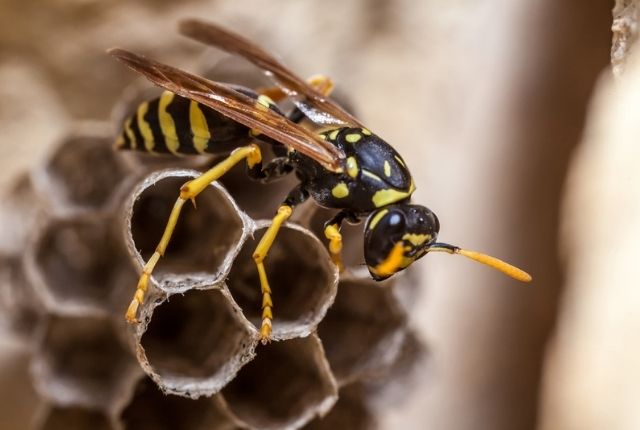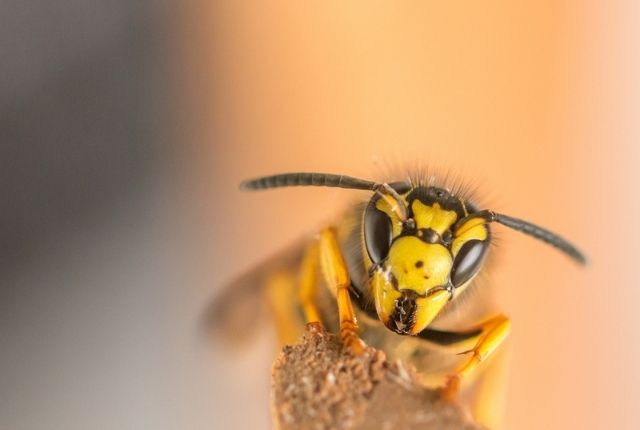Yellowjacket wasps are a threat to humans but can also be a benefit to your garden. However, most people agree that the danger the wasps present overshadows their benefits. Yellowjackets are part of a large family of wasps, paper wasps, mud daubers and hornets are all a part of this very tightly knit family. They are all different in their ways but also very similar. Yellowjackets tend to build their nests underground but they can also build them on a tree branch. Because of the exposed nature of the yellowjacket nest, they tend to build it in vacant rodent burrows.

If you suspect wasp presence anywhere near or on your property, contact wasp removal Hamilton for quick and safe removal.
The nest is open on all sides, unlike a hornet’s nest which is a paper sphere that protects the inner nest. These nests can be built essentially anywhere on your property and you likely won’t know they are there until you step on their nest or use a lawnmower or weed wacker too close to their nest. Then a hundred will fly out and attack. The nest’s life cycle is only from the spring to the fall. But the first frost all the wasps in a nest die except for the queen and her non-sterile daughters. They all go to separate places to hibernate for the winter and then start their nests come spring. This can mean that one nest on your property could quickly grow to a dozen over the winter so make sure that if you have a nest you get it professionally destroyed and removed, queen and all.
If you are having issues with yellowjackets on your property but you cannot find a nest, there is one it’s just well hidden, then you will either need to get a professional to find it or make do with hand-made yellowjacket traps. These easy-to-make traps will keep the yellowjackets occupied and trapped after attracting them with its sweet nectar-like smell. The materials include a Large 2-liter bottle, ¼ cup of sugar, 1 cup of apple cider vinegar, 1 banana peel, 4 cups of water, Razor knife. Pour half a cup of water into the bottle. Add the sugar and shake until the sugar dissolves There should be a little bit on the bottom of the bottle floating in the water to ensure the water is fully saturated with sugar. After that, add the apple cider vinegar and shake it again. Add the banana peel, and then fill the bottle up halfway with more water and shake some more. This is the bait that will set the trap. Cut a small hole, a quarter or third of an inch wide into the bottle. This hole is large enough to let the wasp into the bottle but small enough that they can’t get out. Wasp problem, taken care of.

